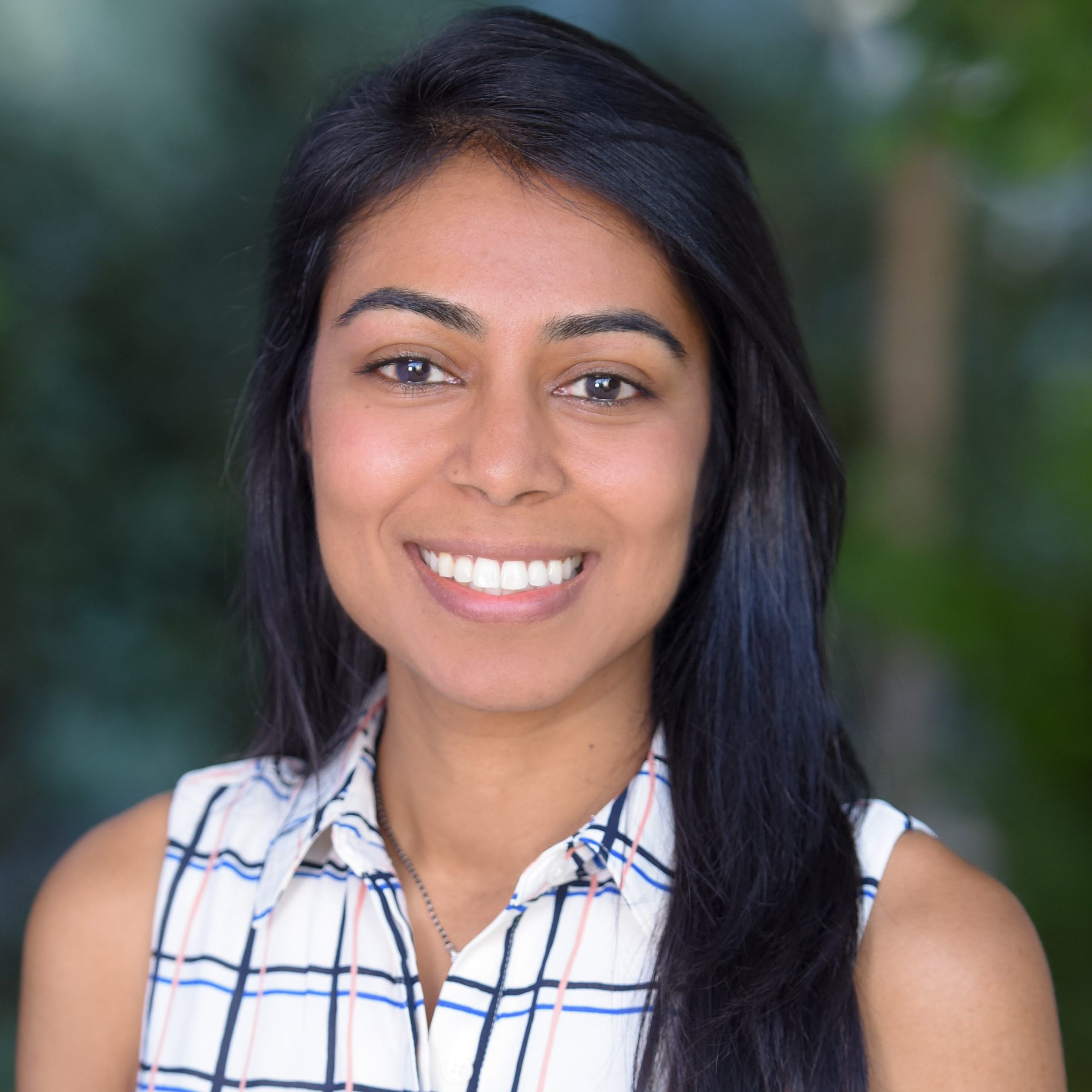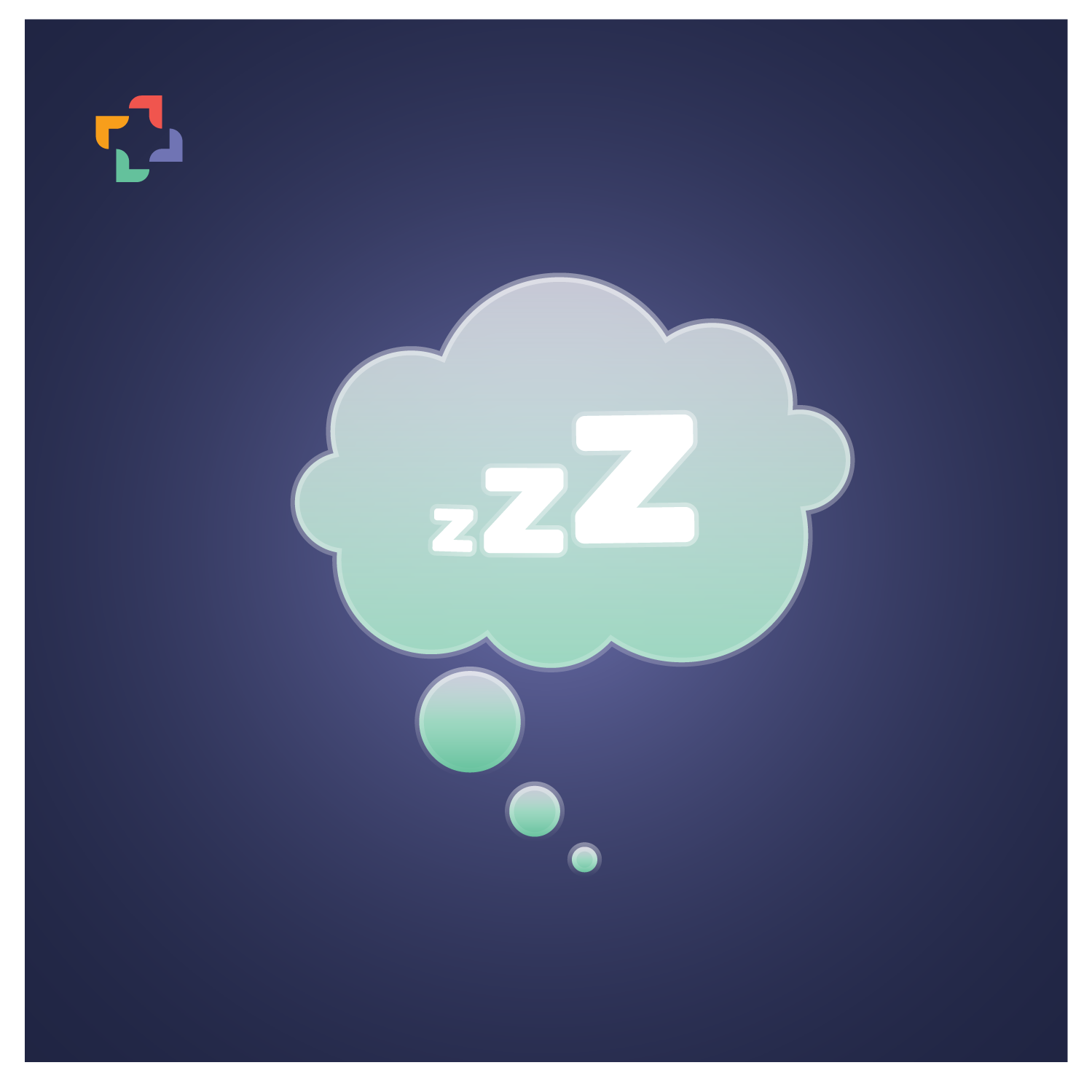Sleep Disorders in Children
Learning Objectives
By the end of this courses, the learners should be able to:
- Review the characteristics of the different stages of sleep
- Review the two process model and its application for optimizing sleep continuity
- Identify tools used in sleep medicine to differentiate sleep disorders
- Differentiate seizures, REM, and NREM parasomnias from seizure activity
- Describe two features that differentiate idiopathic hypersomnia from narcolepsy type 1
Intended Audience:
This online course is designed for pediatricians and family physicians.
Abstract:
In this course, Dr. Payal Gu provides a comprehensive overview of pediatric sleep physiology and disorders. Learners will review the stages of non-REM and REM sleep, circadian and ultradian rhythms, and the two-process model that regulates sleep and wakefulness. Clinical tools such as sleep diaries, actigraphy, and polysomnography will be introduced as practical methods for evaluating insomnia, circadian rhythm disorders, and sleep-disordered breathing. The session explores parasomnias—including confusional arousals, sleepwalking, and night terrors—and differentiates them from seizure activity. Disorders of hypersomnolence are examined in depth, with focus on narcolepsy types 1 and 2, idiopathic hypersomnia, and Kleine-Levin syndrome. Diagnostic criteria, including the role of polysomnography, multiple sleep latency testing, and CSF hypocretin levels, are discussed alongside clinical features such as cataplexy, hallucinations, sleep paralysis, and sleep inertia. By integrating physiology, diagnostic tools, and clinical presentation, this course equips learners with the skills to recognize normal versus pathologic sleep patterns in children and adolescents, and to approach hypersomnolence with a structured, evidence-based framework.
Assessment and Earning CME Credit:
This course in English is not CME-accredited. However, it provides valuable educational content that can enhance your knowledge and skills in the subject matter. To receive CME credit for this course in Armenia, you must take the course in Armenian and complete the post-course quiz. You have three chances to achieve a passing score of 70%. Once you pass the quiz, we will send your information to the Armenian Ministry of Health for credits.

Dr. Payal Gu
Dr. Payal Gu is a child neurologist with fellowship training in both adult and pediatric sleep medicine. She has established her clinical practice in general child neurology and pediatric sleep medicine. Among various pediatric sleep disorders, she has significant expertise in managing disorders of hypersomnolence, such as type 1 narcolepsy, as well as insomnia in children with neurodevelopmental disorders. Her research focuses on defining polysomnography characteristics that may help distinguish physiologic from pathologic forms of central sleep apnea in children. Dr. Gu also has a special interest in a unique patient population—girls with Rett Syndrome—who exhibit abnormal breathing both during wakefulness and sleep.
